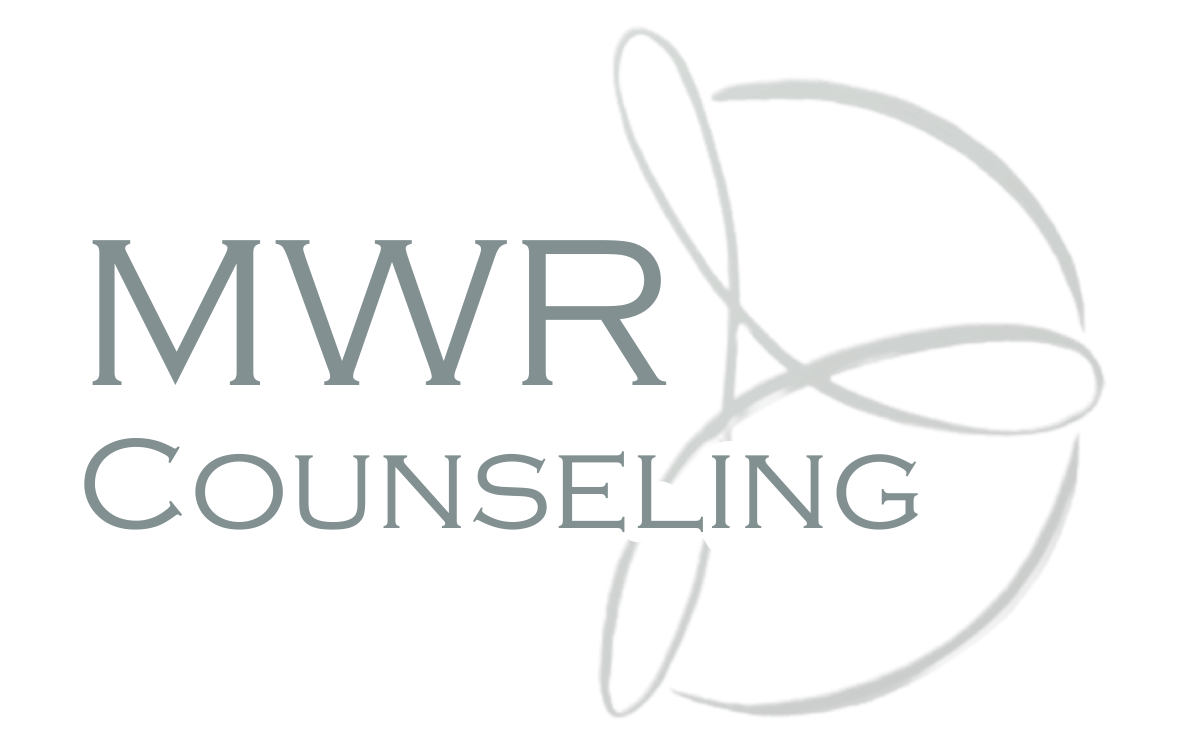What is CBT?

by Jenna Wagemester, LMSW
Overview
What is CBT?
The Cognitive Behavioral Therapy framework explores the impact different experiences have on our thoughts, feelings, and subsequent behaviors. The goal of CBT in a nutshell, is to assist clients in changing their thinking patterns to in turn change their internalized feelings and outward behaviors. CBT has shown to be useful for a variety of diagnoses, including anxiety, depression, mood disorders, substance use, and more.
Dr. Aaron Beck
Dr. Aaron Beck developed CBT in the 1960s, where it has now “become the most widely practiced (Knapp et al., 2015) and heavily researched (David et al. 2018) psychotherapy in the world,” (Beck & Fleming, 2021). Through CBT, Dr. Beck’s mission was pursued to help “patients correct negative information processing biases… help[ing] them feel better and engage in more adaptive behaviors,”(Beck & Fleming, 2021).
Framework and Structure
Core Beliefs, Rules, and Automatic Thoughts
Using CBT, therapists assist clients in identifying the 3 levels of cognitions; automatic thoughts, personalized rules/assumptions, and underlying core beliefs. Below is a visual example of how these three levels of cognitions can influence how we view and carry ourselves:
Exploring and Testing Thought Patterns
Once the therapist and client have begun to identify common thought patterns and internalized rules, the next step of CBT is to further explore and test the validity of those thoughts and beliefs. It is important to stay curious during this process, giving yourself space to fully examine your thoughts and what motivates them. Oftentimes, therapists will encourage clients to keep a record or journal of their common thoughts and feelings in between sessions to assist in recognizing and bringing awareness to these patterns.
Challenging Core Beliefs and Creating Adaptive Core Beliefs
Following analysis and exploration of common thought patterns, the therapist and client will then begin to identify and challenge core beliefs. Through CBT interventions, the therapist will assist clients in identifying advantages and disadvantages of their current core belief(s). During this process, the therapist might utilize the Pac-Man theory to help analyze the evidence and impact of a client’s core belief(s). Core beliefs are oftentimes rooted in each of us at a very young age based upon lived experiences and the environments in which we were raised. Because these beliefs are so intricately ingrained in our systems, we tend to not spend much time analyzing or gathering evidence to prove or disprove those beliefs. Below is an example of how we feed our core beliefs:
Now, not all core beliefs are “bad” or maladaptive; in fact, core beliefs are the foundation of how we view ourselves and experience the world around us. Through exploration, challenging, and evidence gathering, we each have the capability of shifting our beliefs to more functional and adaptive means of thinking. Below is an example of the potential impact of both a negative and positive core belief:
Neuroplasticity and CBT
Through CBT, clients have the rich opportunity to rewire their brains and approach life situations with a different perspective and means of adapting; this evidence-based concept is known as neuroplasticity. Neuroplasticity is the brain’s ability to develop new neural connections and networks through behavioral changes, thought pattern reorganization, and adaptive growth.
If you feel CBT could be a great fit and modality for your personal challenges, contact our Clinical Care Coordinator Hannah Lane (319.250.1267) to schedule an appointment!
Citations:
Beck, J. S., & Fleming, S. (2021). A brief history of Aaron T. Beck, MD, and Cognitive Behavior Therapy. Clinical Psychology in Europe, 3(2). https://doi.org/10.32872/cpe.6701
Beck, J. S. (2017). Cognitive therapy worksheet packet.



